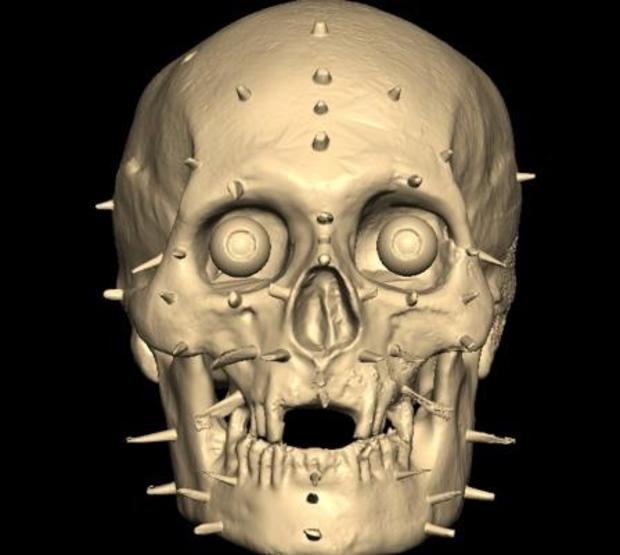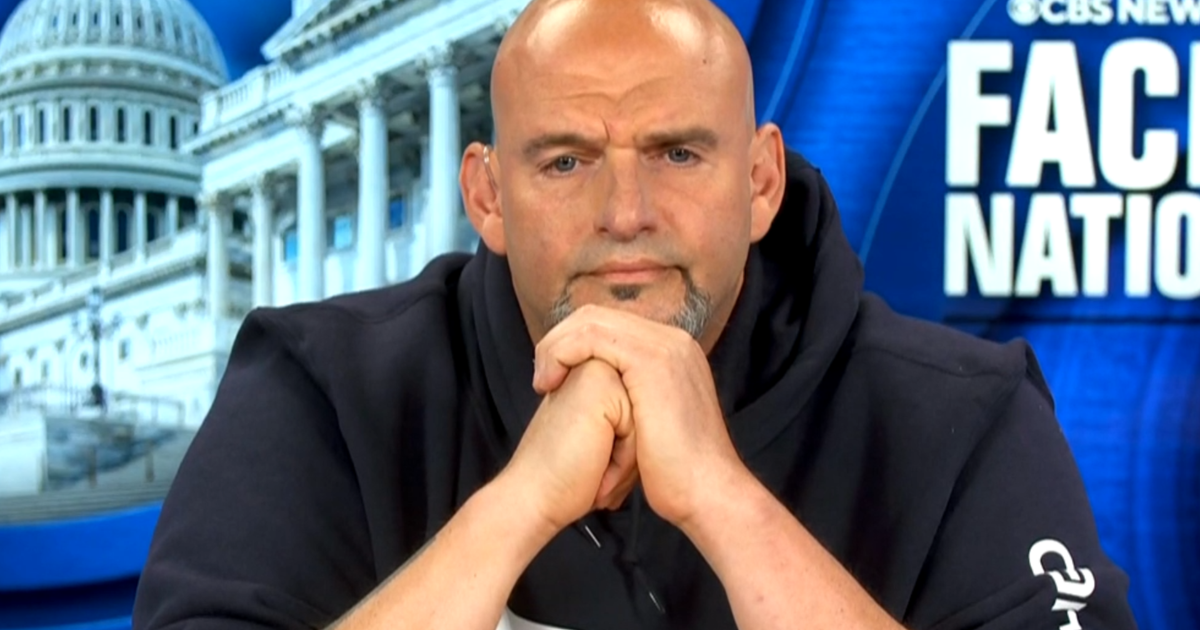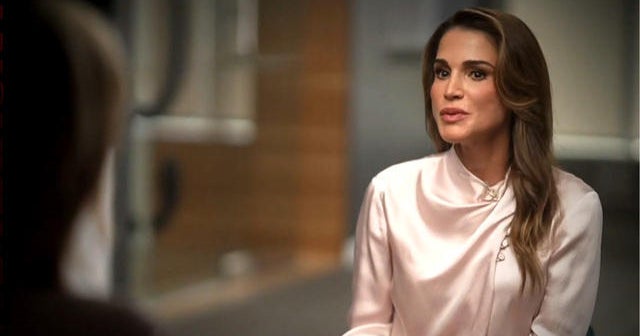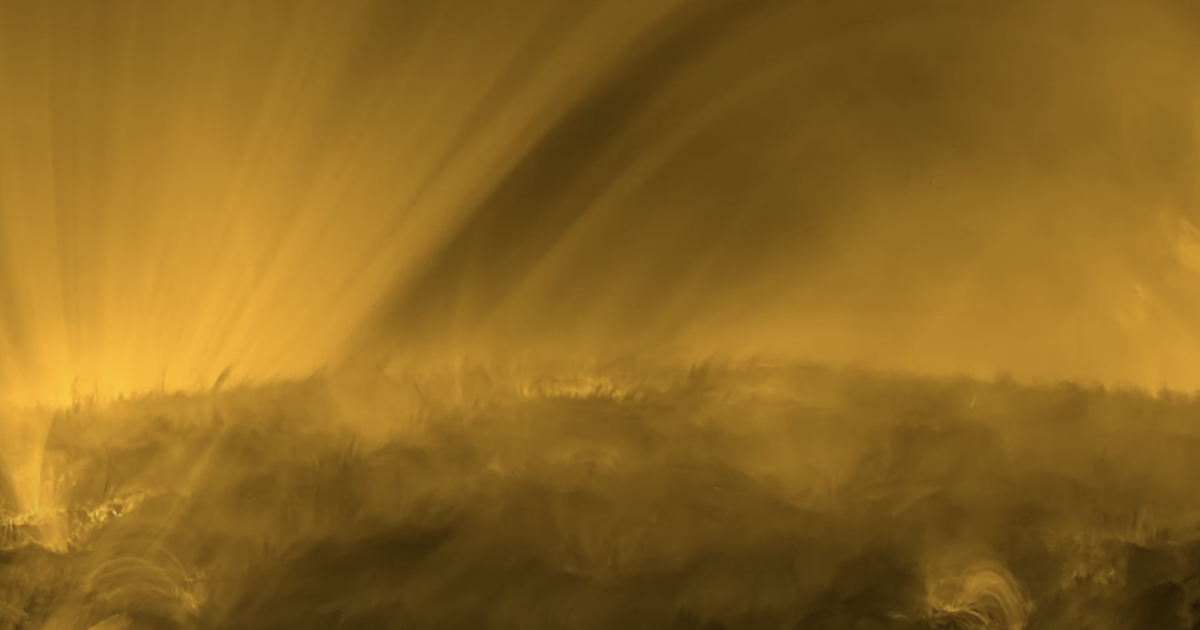Is this the face of Robert the Bruce, 14th century Scottish king?
Scientists and historians believe they’ve replicated the face of Robert the Bruce, the 14th century Scottish war hero and king, reconstructed from the cast of a human skull housed by the Hunterian Museum.
Robert Bruce, who died in 1329 at the age of 55, is an iconic figure for successfully waging war against the ruling English regime and securing Scottish independence.
A skeleton believed to be that of Robert the Bruce was excavated in 1819 from a grave in Dunfermline Abbey, the mausoleum of Scotland’s medieval monarchs. The skeleton was reburied and resealed, but not before a cast of the skull was taken for research purposes.
The new images are the result of a collaboration between historians from the University of Glasgow and scientists from Liverpool John Moores University, who used the latest facial feature prediction and CGI technologies on the skull cast. The project was unveiled by the University of Glasgow Thursday.
The images show a well-built male with a muscular neck and stocky frame. Though the researchers didn’t have any surviving DNA from Robert the Bruce, they conducted a statistical analysis to determine that the Scottish king most likely had brown hair and light brown eyes, and designed the new images accordingly.
“This is the most realistic appearance of Robert the Bruce to-date, based on all the skeletal and historical material available,” said Caroline Wilkinson, a craniofacial identification expert at Liverpool John Moores University who helped lead the facial reconstruction process.
The images provide a clearer picture of the war hero’s distinct physical attributes.
“This was a privileged individual who enjoyed the benefits of a first-class diet, and whose physique would have equipped him for the brutal demands of medieval warfare,” the University of Glasgow said Thursday.
But, a closer look shows that Robert Bruce was not entirely healthy: the king’s skull shows signs of leprosy that disfigured his upper jaw and nose. This illness is probably what killed him, according to the University of Glasgow.
The images add another layer to the revered Scottish warrior’s narrative. There are no surviving visual descriptions of Robert the Bruce from his own lifetime.





